Padova-Asiago Supernova Group
Luminous Red Novae (LRNe)
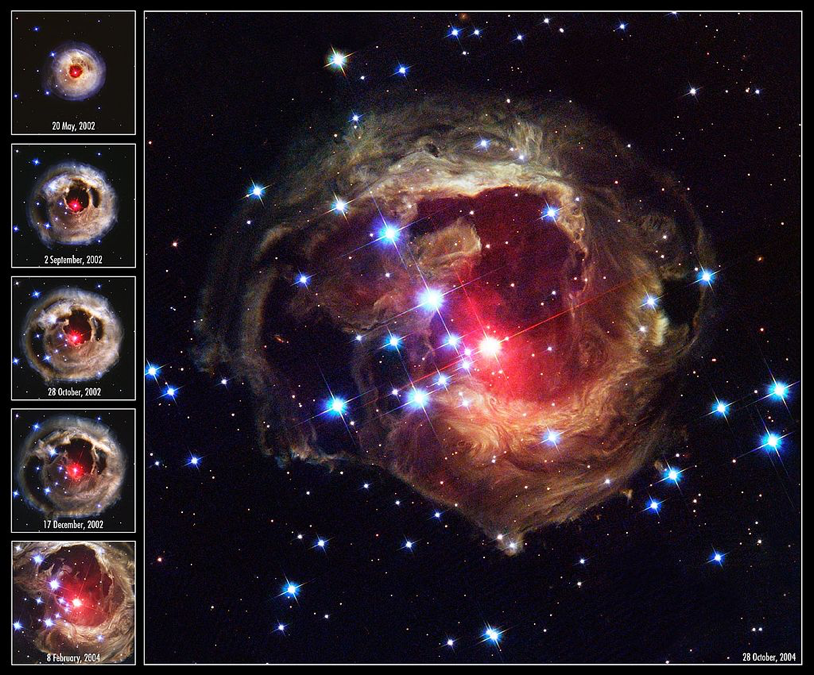
Fig. 1 Expansion of the circum-stellar cocoon of LRN V838 Mon. Credits: NASA/ESA Hubble Space Telescope.
One of the most spectacular transient phenomena induced by stellar binary interaction is the merging of two stars. The nature of LRNe, such as V838 Mon (Fig. 1), V4332 Sgr and M31-RV, was debated until V1309 Sco was discovered. A combination of spectroscopic data, along with a well-sampled light-curve, proved it to be a stellar merger (Tylenda et al. 2011, A&A, 528, 114; Mason et al. 2012, A&A, 544, 149).
Although stellar mergers are common (de Mink et al. 2014, ApJ, 782, 7), only a handful of them have been discovered in the Milky Way and the Local Group. Recent discoveries of extragalactic counterparts (Blagorodnova et al. 2017, ApJ, 834, 107; Goranskij et al. 2016, AstBu, 71, 82; Smith et al. 2016, MNRAS, 458, 950) have extended the LRN zoo to much higher luminosities and masses. Common observables of these transients are their multi-peaked light curves (Fig. 2, left panel), and spectra that initially resemble those of type IIn SNe, then progressively develop a redder continuum to finally resemble those of M-type stars. In particular, late-time spectra show molecular bands (Fig. 2, right panel), which is an ubiquitous property of evolved LRNe.
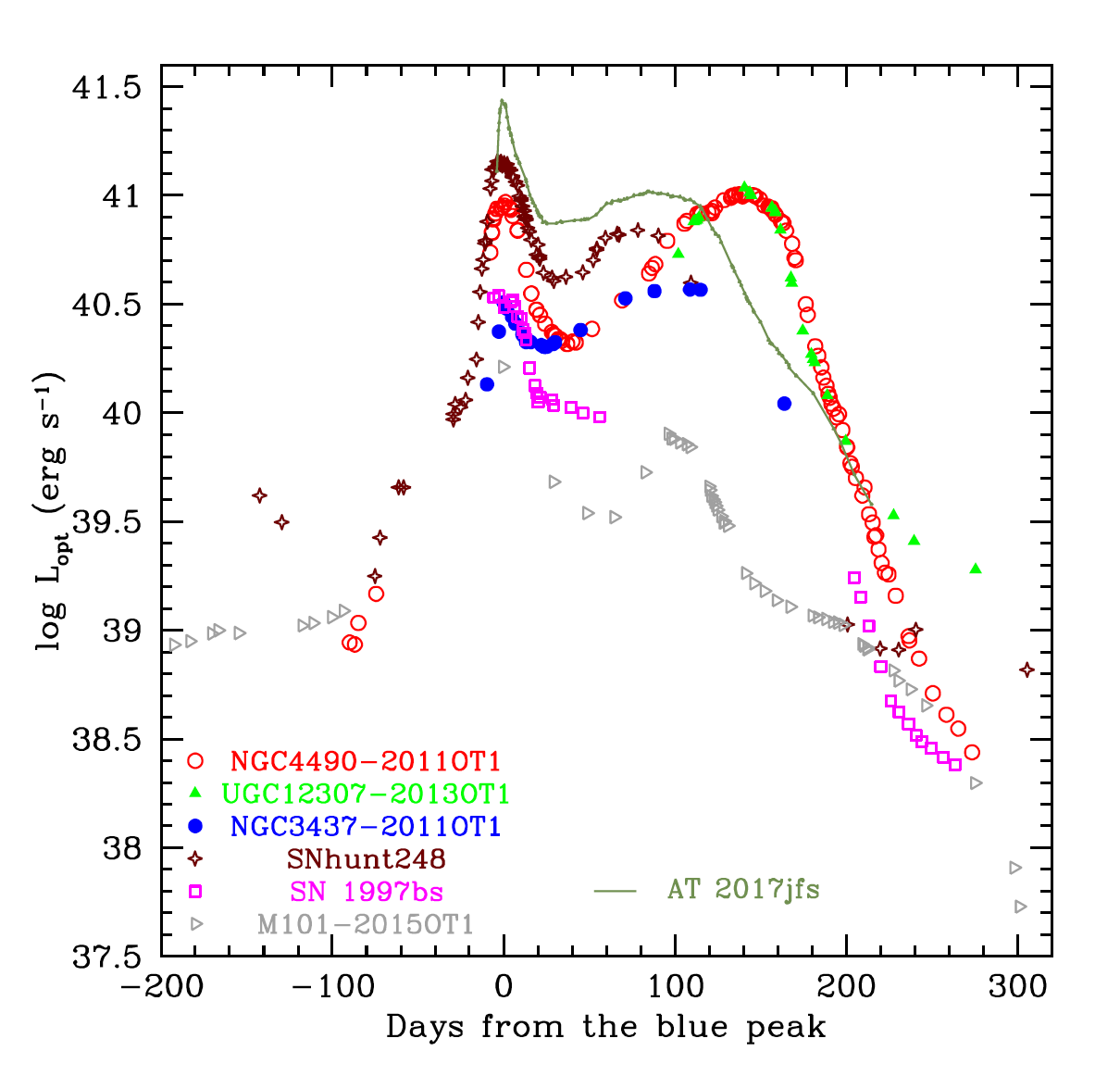
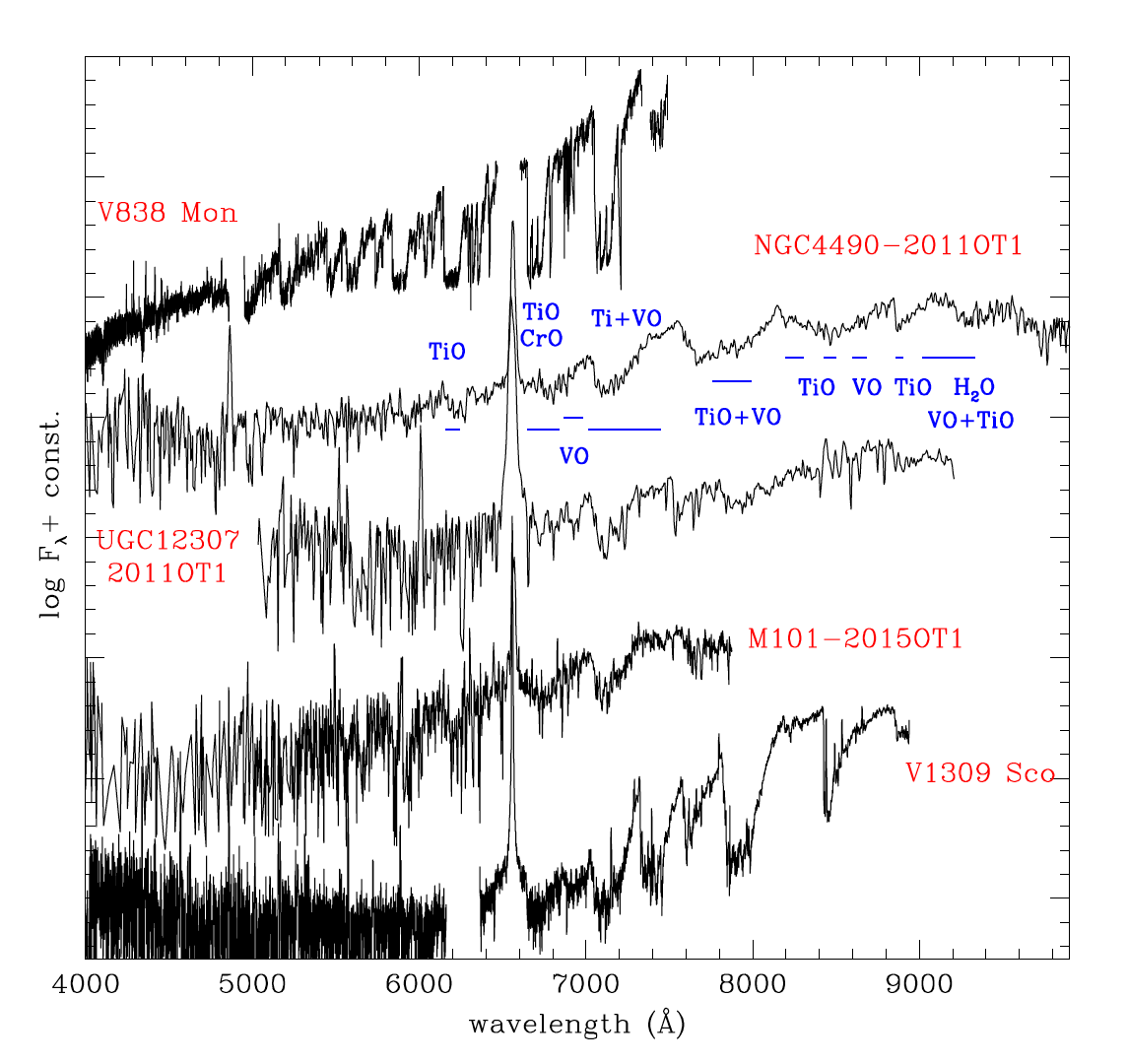
Fig. 2 Left: Quasi-bolometric light curves of a sample of extragalactic LRNe. Right: Late spectra of a few LRNe, resembling those of M-type stars and showing bands of TiO and VO (from Pastorello et al. 2019a, A&A, 630, A75).
The photometric parameters of LRNe seem to be tightly correlated. In particular, one of the most compelling results is the evidence that the luminosity of the progenitor is correlated with individual features of the light curve (specifically, the luminosity of the common-envelope phase, and that of the two LRN light curve peaks (see Fig. 3). As a further consequence, the total mass of the binary system is expected to be correlated with the peak luminosity and the duration of the LRN event.
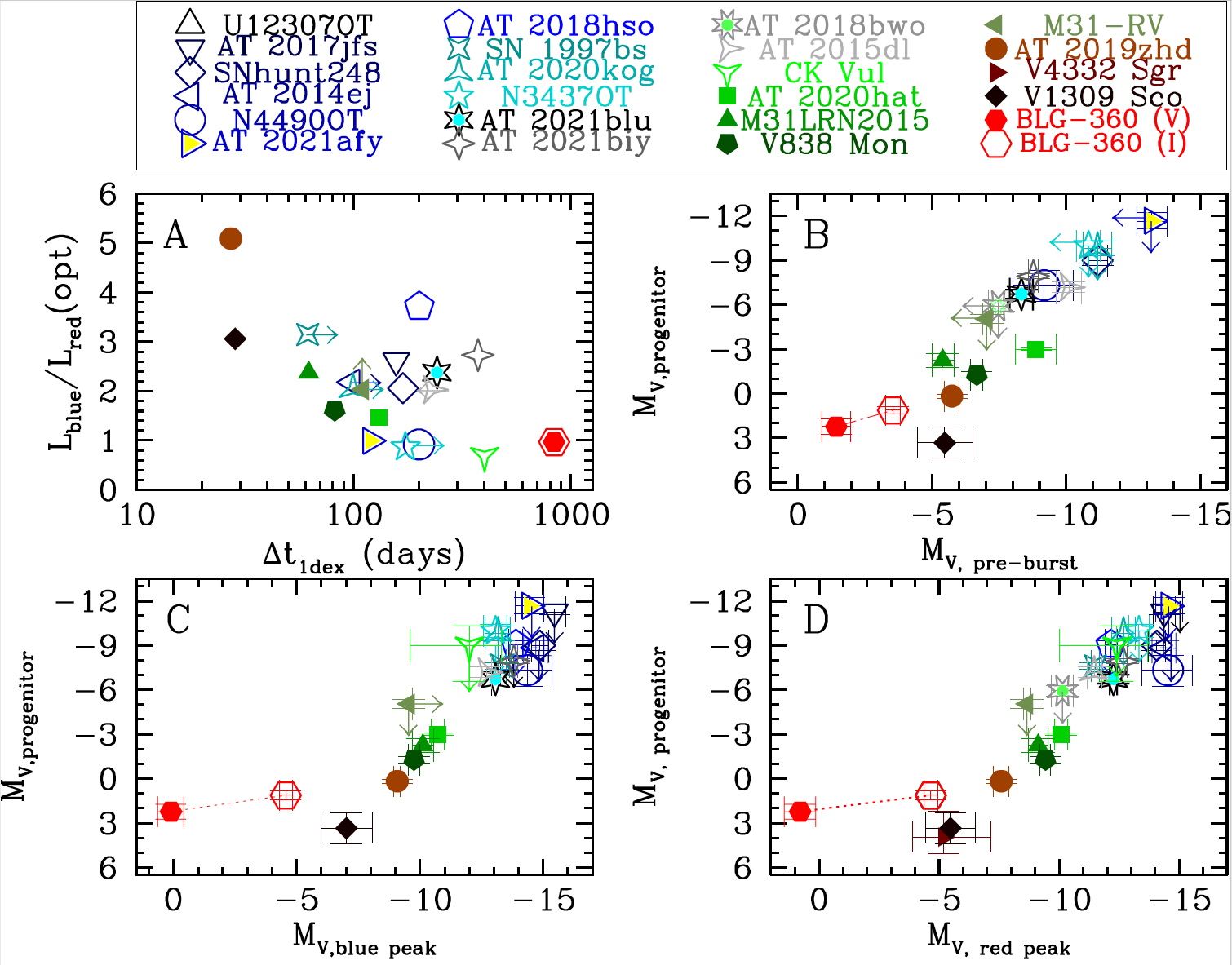
Fig. 3 Correlations among photometric parameters of LRNe. The figure is from Pastorello et al. 2023, A&A, 671, A158.
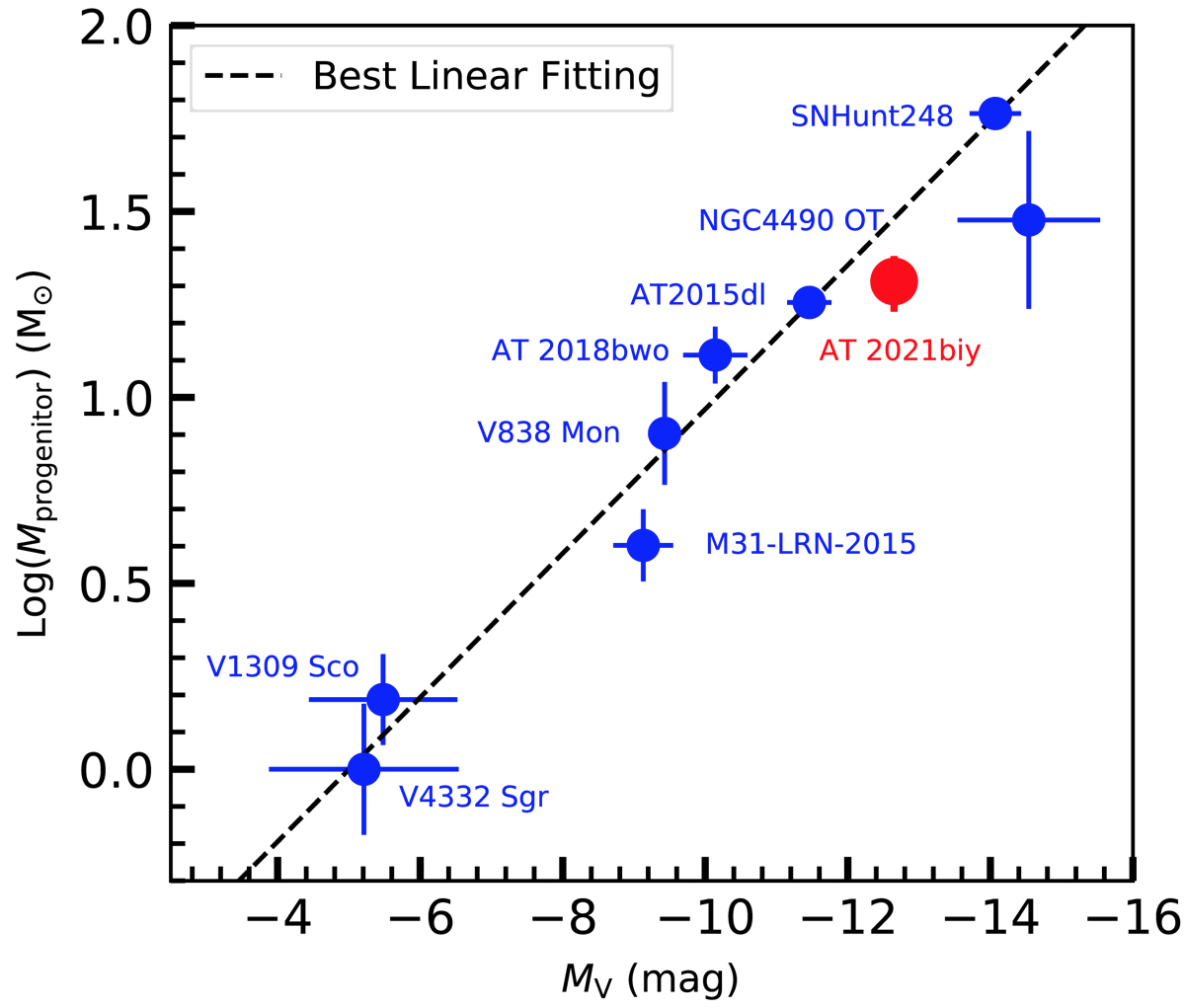
Fig. 4 Progenitor mass vs. V-band absolute magnitude at the second peak (or at the plateau). Blue dots represent data from the literature, while the red point marks the location of LRN AT 2021biy. The linear best fit to the data is shown as a dashed line. The figure is from Cai et al. 2022, A&A, 667, A4.
One of the most important outcomes of the systematic study of photometric properties of LRNe is the determination of a tight correlation between the absolute magnitude of the LRN outburst and the mass of the progenitor stellar system (Cai et al. 2022, A&A, 667, A4; see also Kochanek et al. 2014, MNRAS, 443, 1319; and Blagorodnova et al. 2021, A&A, 653, A13).
Leading researchers: A. Pastorello, E. Mason,, Y.-Z. Cai.
Main collaborators: M. Fraser, M. Stritzinger, R. Kotak, S. Moran, N. Elias-Rosa, P. Ochner, A. Reguitti, G. Pignata, P. A. Mazzali, G. Valerin, K. Misra, V. Goranskij, E. Barsukova.
Publications:
- Pastorello et al. 2023, A&A, 671, A158
- Cai et al. 2022, A&A, 667, A4
- Mason & Shore 2022, A&A, 664, A12
- Pastorello et al. 2021b, A&A, 647, A93
- Pastorello et al. 2021a, A&A, 646, A119
- Stritzinger et al. 2020, A&A, 639, A104
- Cai et al. 2019, A&A, 632, L6
- Pastorello et al. 2019a, A&A, 630, A75
- Pastorello et al. 2019b, A&A, 625, L8
- Blagorodnova et al. 2017, ApJ, 834, A107
- Kankare et al. 2015, A&A, 581, L4
- Mason et al. 2011, A&A, 532, L1